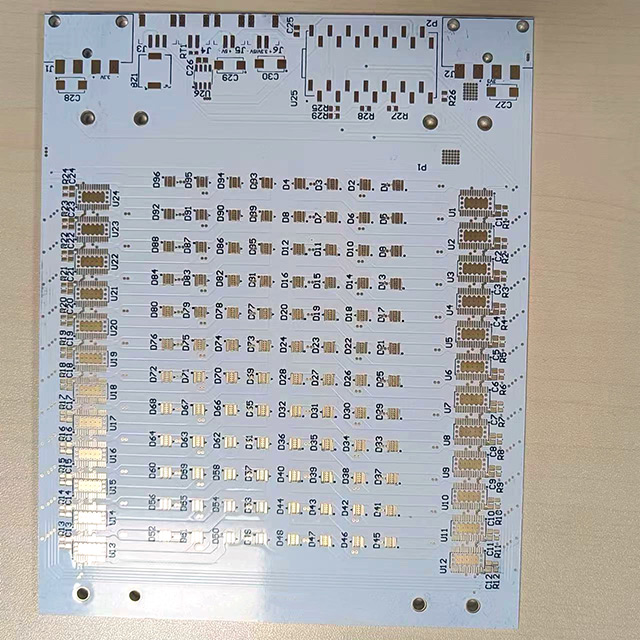Good evening
following a visual inspection in a property that had an electrical fire in the fuse board area
obviously i could not actually test anything, but visually identified that the lighting circuits had no earth (not even cut back)
now the insurance company ideally want a new distribution board and all the circuits being cut back to where they are not damaged then extended back and re-connected
so my question is:
all the pendents and switches are plastic, but really don't think i can join on to and extend the old cable that contains no cpc
or am i wrong?
am i right in thinking they have no choice but to get the lighting re-wired
thanks guys
following a visual inspection in a property that had an electrical fire in the fuse board area
obviously i could not actually test anything, but visually identified that the lighting circuits had no earth (not even cut back)
now the insurance company ideally want a new distribution board and all the circuits being cut back to where they are not damaged then extended back and re-connected
so my question is:
all the pendents and switches are plastic, but really don't think i can join on to and extend the old cable that contains no cpc
or am i wrong?
am i right in thinking they have no choice but to get the lighting re-wired
thanks guys











